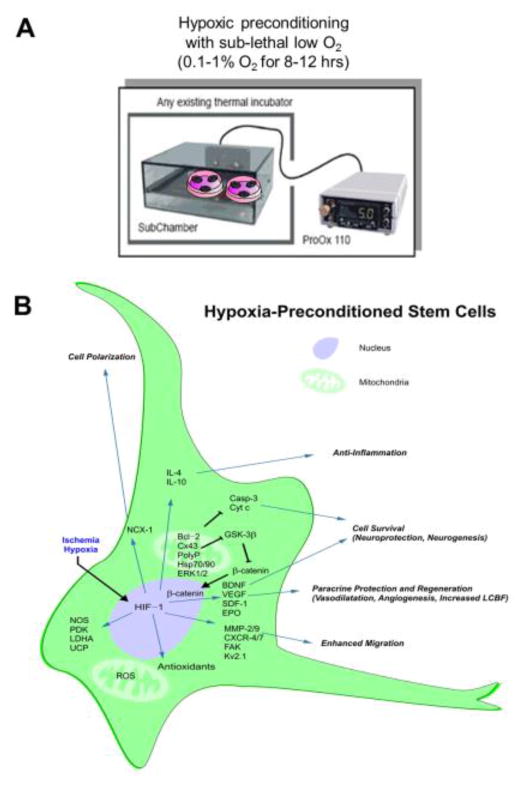Figure 4. Hypoxic preconditioning of stem cells or neural progeinitor cells and the mechanis of action.
A. Neuronally-differentiated cells or BMSCs were subjected to hypoxic preconditioning priming treatment before to be used for cell therapy. Cells were placed in a hypoxic chamber (0.1–1% O2) for 8–12 hrs before transplantation. B. Potential mechanisms underlying the beneficial effects of hypoxic preconditioning. The hypoxic preconditioning strategy was designed to mimic and utilize endogenous protective mechanisms to promote neuroprotection, tissue regeneration and brain function recovery. Hypoxic preconditioning directly induces HIF-1α/β upregulation that increases BDNF, SDF-1, VEGF, EPO and many other genes which can stimulate neurogenesis, angiogenesis, vasodilatation and increase cell survival. HIF-1 expression regulates antioxidants, survival signals and other genes related to cell adhesion, polarization, migration, and anti-inflammatory responses. Abbreviation in the figure: BDNF, brain-derived neurotrophic factor; Casp, caspase; Cx43, connexin-43; CXCR, CXC chemokine receptor; Cyt c, cytochrome c; EPO, erythropoietin; ERK, extracellular signal-regulated kinase; FAK, focal adhesion kinase; GSK-3β, glycogen synthase kinase-3β; HIF-1, hypoxia-inducible factor-1; Hsp, heat shock protein; IL-4, interleukin-4; IL-10, interleukin-10; MMP, matrix metalloproteinase; NCX-1, sodium-calcium exchanger-1; NOS, nitric oxide synthase; PDK, pyruvate dehydrogenase kinase; polyP, polyphosphate; ROS, reactive oxygen species; SDF-1, stromal-derived factor-1; UCP, uncoupling protein; VEGF, vascular endothelial

